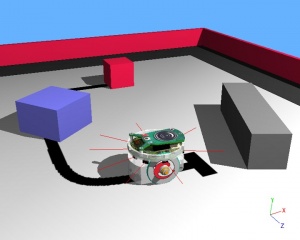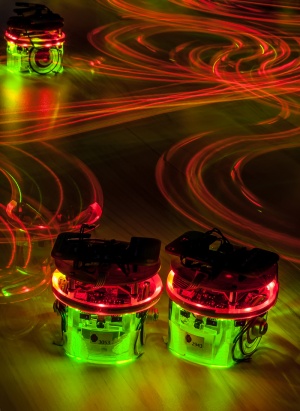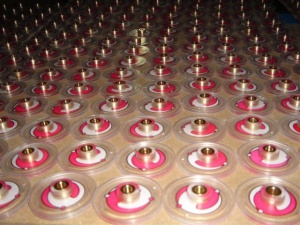E-puck: Unterschied zwischen den Versionen
Aus Open Source Ecology (OSE) Germany - Entwicklungsplattform
K |
|||
| Zeile 10: | Zeile 10: | ||
}} | }} | ||
|firstin=http://www.e-puck.org/ | |firstin=http://www.e-puck.org/ | ||
| − | | | + | |typeproject=TUBerlin |
|lang=English | |lang=English | ||
| − | |||
|project_status=Active | |project_status=Active | ||
|maturity=production / full product | |maturity=production / full product | ||
| + | |cad_files_editable=Yes | ||
| + | |assembly_instructions_editable=No | ||
| + | |bill_materials_editable=No | ||
| + | |free_redist_allowed_licence=Yes | ||
|open_o_meter=4 | |open_o_meter=4 | ||
|product_category=Electronics | |product_category=Electronics | ||
| Zeile 20: | Zeile 23: | ||
|original_elect_h=No | |original_elect_h=No | ||
|original_soft=No | |original_soft=No | ||
| − | | | + | |desc=The main goal of this project is to develop a miniature mobile robot for educational purposes at university level. To achieve this goal the robot needs, in our opinion, the following features: |
| − | + | * Good structure. The robot should have a clean mechanical structure, simple to understand. The electronics, processor structure and software has to be a good example of a clean modern system. | |
| − | + | * Flexibility. The robot should cover a large spectrum of educational activities and should therefore have a large potential in its sensors, processing power and extensions. Potential educational fields are, for instance, mobile robotics, real-time programming, embedded systems, signal processing, image or sound feature extraction, human-machine interaction or collective systems. | |
| − | + | * User friendly. The robot should be small and easy to exploit on a table next to a computer. It should need minimal wiring, battery operation and optimal working confort. | |
| + | * Good robustness and simple maintenance. The robot should resist to student use and be simple and cheap to repair. | ||
| + | * Cheap. The robot, for large use, should be cheap (450-550 euros) | ||
}} | }} | ||
{{ProjektLink | {{ProjektLink | ||
Version vom 1. Februar 2019, 15:14 Uhr
|
|
e-puck Basic Data Category: Robotics URL (first publication): http://www.e-puck.org/
Project status:
Technical documentation Maturity of the project:
no no
Other
Assembly instructions are editable: Bill of materials is editable: Design files are in original format: No Free redistribution is allowed licence: No
Project management
Open-o-meter: 0 Product category: Electronics Contains original non-electronic hardware: Contains original electronic hardware: Contains original software: |
Description
The main goal of this project is to develop a miniature mobile robot for educational purposes at university level. To achieve this goal the robot needs, in our opinion, the following features:
- Good structure. The robot should have a clean mechanical structure, simple to understand. The electronics, processor structure and software has to be a good example of a clean modern system.
- Flexibility. The robot should cover a large spectrum of educational activities and should therefore have a large potential in its sensors, processing power and extensions. Potential educational fields are, for instance, mobile robotics, real-time programming, embedded systems, signal processing, image or sound feature extraction, human-machine interaction or collective systems.
- User friendly. The robot should be small and easy to exploit on a table next to a computer. It should need minimal wiring, battery operation and optimal working confort.
- Good robustness and simple maintenance. The robot should resist to student use and be simple and cheap to repair.
- Cheap. The robot, for large use, should be cheap (450-550 euros)
+ General Reviews 
Public cad repository for non-electronic hardware
Public cad repository for electronic hardware
Public code repository
Bill of materials
Link github
Link media wiki



